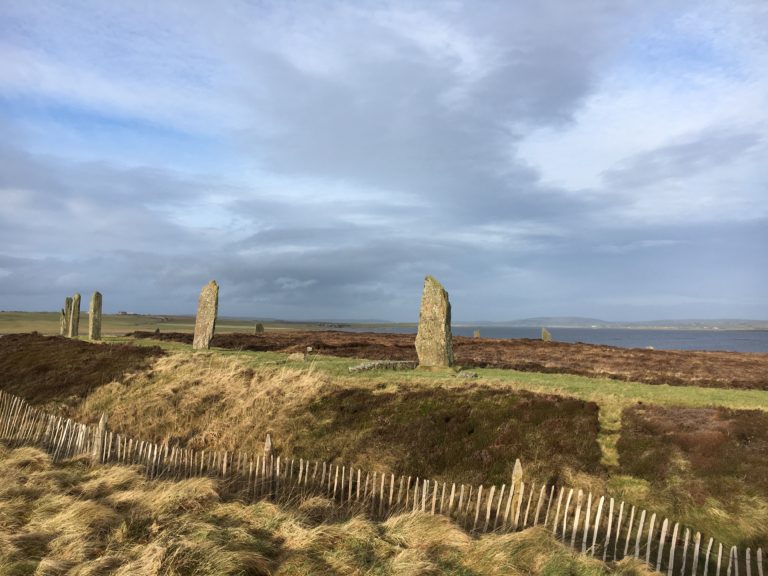All Iron Age, Bronze Age and Pictish Sites
Ancient Iron Age and Pictish Sites in Scotland
Newest
View: Grid 2
- VerifiedSave to ListDescription The monument comprises the remains of a complex double stone circle, lying over a setting of timber posts. The site and a small area around it was excavated in 1965. The first phase of activity was represented by a horse-shoe shaped setting of about 14 posts, open towards the SW, and other posts. In the second phase the area Read more...
- Save to ListCategory: Abbeys and Churches, Castles, Day Tours, Distilleries, Historic Houses, Iron Age, Bronze Age and Pictish Sites, Private Tours, Sightseeing, Tours, Transportation, and WhiskyPhone: 07988824368Email: paul@grandscot.comFrom the Scottish borders to the northern tip of Scotland, our mission is to take you on an affordable private tour off the beaten track through the Glens, Lochs and Castles and show you the Scotland we know and love. Read more...
- Save to ListTags: Standing StonesDating back to the third millennium BC. this is one of Britain’s most spectacular prehistoric monuments. Ring of Brodgar is a massive stone circle which originally had 60 stones, now 36 survive today. There are also 13 burial mounds and a large rock cut ditch surrounding the circle. Read more...
- Save to ListThe Standing Stones of Stenness is a Neolithic monument over 5000 years old. Read more...
- Save to ListTags: Pictish CarvingsFour Class I Pictish symbol stones stand in Inverurie Cemetery (NJ72SE0211), formerly built into the old churchyard walls and possibly removed from the foundations of the old church for the purpose of building the churchyard wall. One is a tall pillar bearing incised symbols of a crescent and V-rod, a mirror case symbol, serpent and Z-rod and a double disc Read more...
- Save to ListCategory: Iron Age, Bronze Age and Pictish SitesA group of three Bronze Age Cairns located near Culloden Moor. Prehistoric site dating back at least 4,000 years.years Read more...
- Save to ListCategory: Iron Age, Bronze Age and Pictish SitesWander among one of Scotland’s best-preserved recumbent stone circles and wonder about its original purpose. East Aquhorthies Stone Circle is a recumbent stone circle – a monument type only found in north-east Scotland. It has a large stone set on its side and flanked by two upright stones, usually on the south or south-west part of the circle. The stones here appear to have been chosen for Read more...
- Save to ListCategory: Iron Age, Bronze Age and Pictish SitesThe Kintore Pictish Stone is a Class I stone which was dug up in Kintore churchyard but which may have originally come from the motte at nearby Castle Hill. The stone is sculptured on both faces; one side shows a crescent & V-rod over a beast, while the other side has a fish above a cauldron symbol. Read more...
- Save to ListCategory: Iron Age, Bronze Age and Pictish SitesThe Maiden Stone is one of the best examples of Pictish sculptural stonework standing today. It’s 3m tall and made from pinkish granite. It was probably carved some time after AD 700, though this is debated. The stone DSC_2505 (one of the tallest of all Pictish monuments, even though several centimetres have been lost at the top owing to weathering). It Read more...
- Save to ListPhone: +This Clyde-type chambered cairn is a conspicuous monument measuring axially 170′ x 50′, with a monumental cresentic facade and a ruined chamber. Excavated by Piggott and Powell, the forecourt blocking was found to cover hearths, a stone-hole, and western Neolithic sherds Read more...









